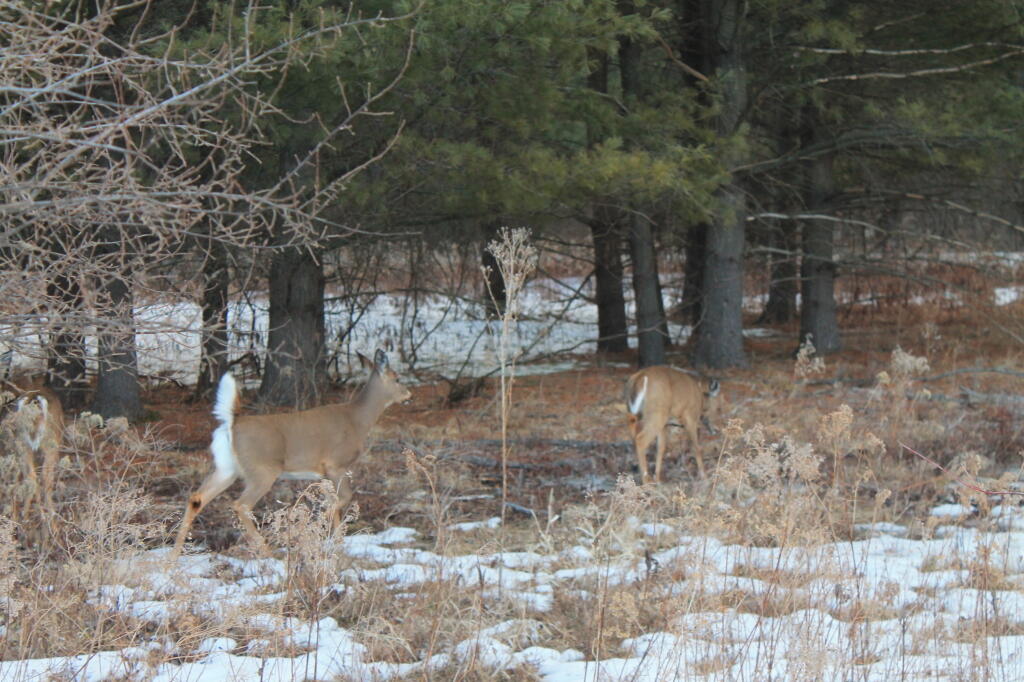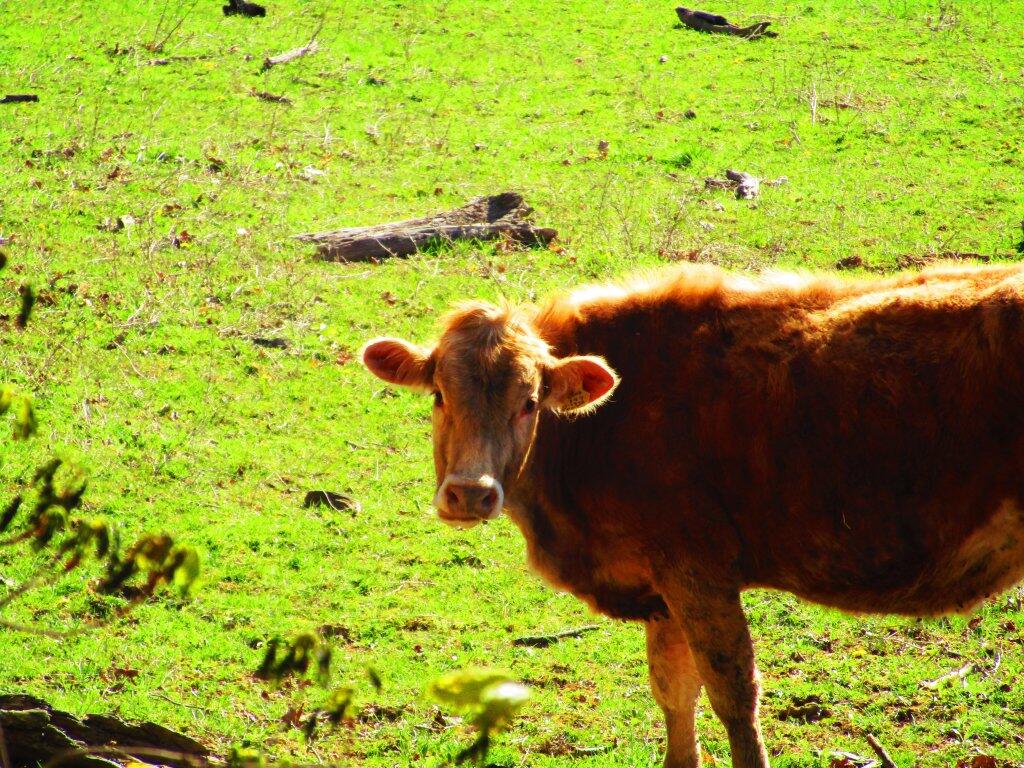It’s Time to Phase Out Fluorescent Lightbulbs, Report Finds
Much of the discussion about mercury and fluorescent lightbulbs have been around the compact fluorescent lights, (CFLs) also known as "toxic Gorebulbs." They had a tiny bit of mercury, about 1 milligram, and many people have replaced them with light emitting diodes (LED) bulbs.
But the real mercury problem is with the long thin fluorescent tubes that are in offices, factories, public spaces, and even in some homes. These have a lot of mercury in them—2 to 8 milligrams in each, averaging 2.7 milligrams—and there are billions of these bulbs still in use. Now a new study published by the American Council for an Energy-Efficient Economy (ACEEE), the Appliance Standards Awareness Project (ASAP), CLASP, and the Clean Lighting Coalition calls for their phaseout.1
Even after LED lights were common, the T8 bulbs (the most common variety, one inch in diameter and four feet long) were not subject to any regulation because they were more efficient and cost-effective than LEDs, but that is no longer true as the LEDs have become cheaper and better.
Probably the only place that florescent bulbs might make sense is a handful of really old fixtures that use magnetic ballasts without starters. But other then that drop in LED bulbs work in most fixtures, even without removing the ballasts.
Ukraine Invasion May Spark Another Microchip Shortage | The Drive
he auto industry has been struggling with a global microchip shortage for almost two years. This has caused widespread supply issues for new vehicles on dealer lots everywhere, and used car prices have been skyrocketing for months on end. But just when prices and availability look as if they're stabilizing, the industry may have yet another hurdle to overcome caused by the Russian invasion of Ukraine.
Ukraine is home to nearly 70 percent of the world's neon gas supply. While this might not immediately seem like a gigantic auto-industry item, this particular inert gas plays a crucial role in the manufacturing of nearly all semiconductors foundries around the world, according to research from TrendForce. And if the supply of neon gas is interrupted, the world may find itself reversing course back to sky-high prices and limited component availability.
Quiet in the Gorge
How international law applies to attacks on nuclear and associated facilities in Ukraine – Bulletin of the Atomic Scientists
As the Russian invasion of Ukraine began to unfold, Russia’s swift occupation of the Chernobyl reactor complex and the surrounding exclusion zone sparked widespread speculation and concern.[1] The concern was not limited to whether the occupation would cause further radioactive release from Chernobyl;[2] it also included possible Russian military action against other Ukrainian nuclear facilities. These fears were further accelerated when Russian forces shelled and apparently occupied the Zaporizhzhia nuclear power complex near Enerhodar, Ukraine.[3] There have also been reports of attacks on a former Radon disposal site near Kyiv.[4]
Cows and carbon footprints 🐮 👣
Cows and carbon footprints 🐮 👣
The other night I heard the tired old claim that beef is really bad for the environment as it has a high carbon footprint. How can that be? Cows don’t consume oil to stay alive although diesel is used in cattle trailers, tractors hauling feed, bailing hay and spreading manure.
But what the activist types are really saying is cows digest grass and dried grass in the form of hay and as part of the conversion of grass to energy they chew their cud and in part loose some of the material that escapes their mouths as methane. Some manure also breaks down as methane when in an oxygen deprived environment like a slurry tank.
Methane is a moderately powerful green house gas. It’s 28 times more potent than carbon dioxide although it lasts only about a decade in the atmosphere before hydroxyl radicals break it down into carbon dioxide. Far lower of an impact then much more powerful warming gases like common refrigerants such as the CFCs and their HFC replacements. At the same time new grass is being grown to feed cows, so they are absorbing the carbon dioxide at the same rate it’s being broke down by the methane. Ultimately, farming is a carbon neutral activity, bar fuel used in tractors or trucks.
The carbon footprint of beef and cattle more generally is grossly over estimated, because while methane is a much more powerful greenhouse gas then carbon dioxide, ultimately most farming activity is carbon neutral, as crops absorb in the carbon that livestock exhale and methane they burp up. Moreover, many cattle get a significant portion of their feed from grazing pastures that requires minimal diesel-fired equipment work to maintain. Grazing might have an initially higher greenhouse output, as grass produces more methane when burped up compared to other feeds, but because grass is absorbing carbon constantly, it’s ultimately carbon neutral.
Beef and dairy might be more of a climate concern where new land is being developed, forests converted into crop land. But with the increasing efficiency of crop and livestock production, it’s rare that forests are being converted to farm or grazing land at least in the first world. But in contrast, farms are being replaced with housing and commercial use, that bring in more vehicles, more buildings to heat, and more wildlife habitat forever displaced. Burped methane from grass isn’t warming the planet, burning fossil fuels like oil, natural gas and coal is.



